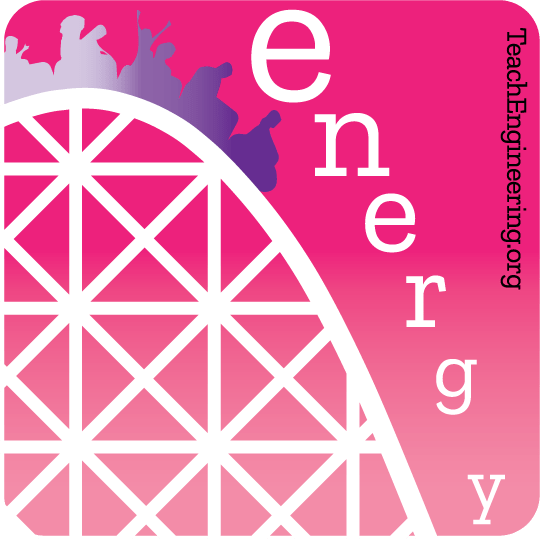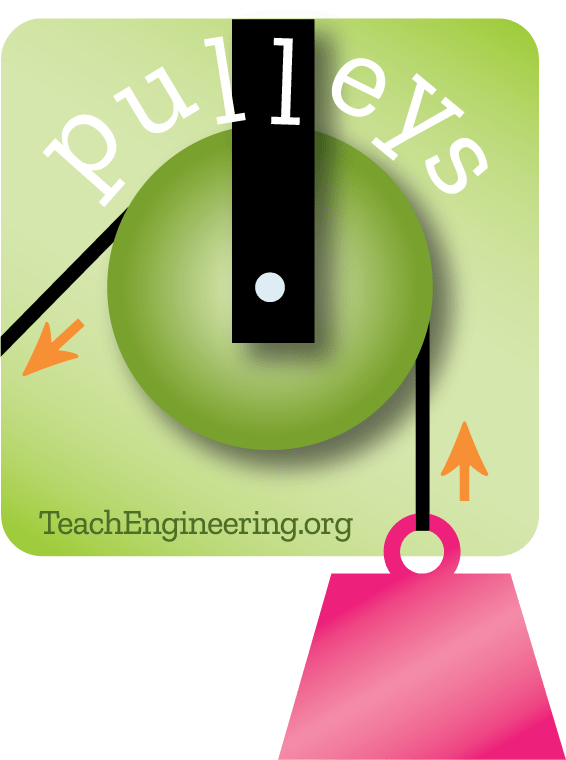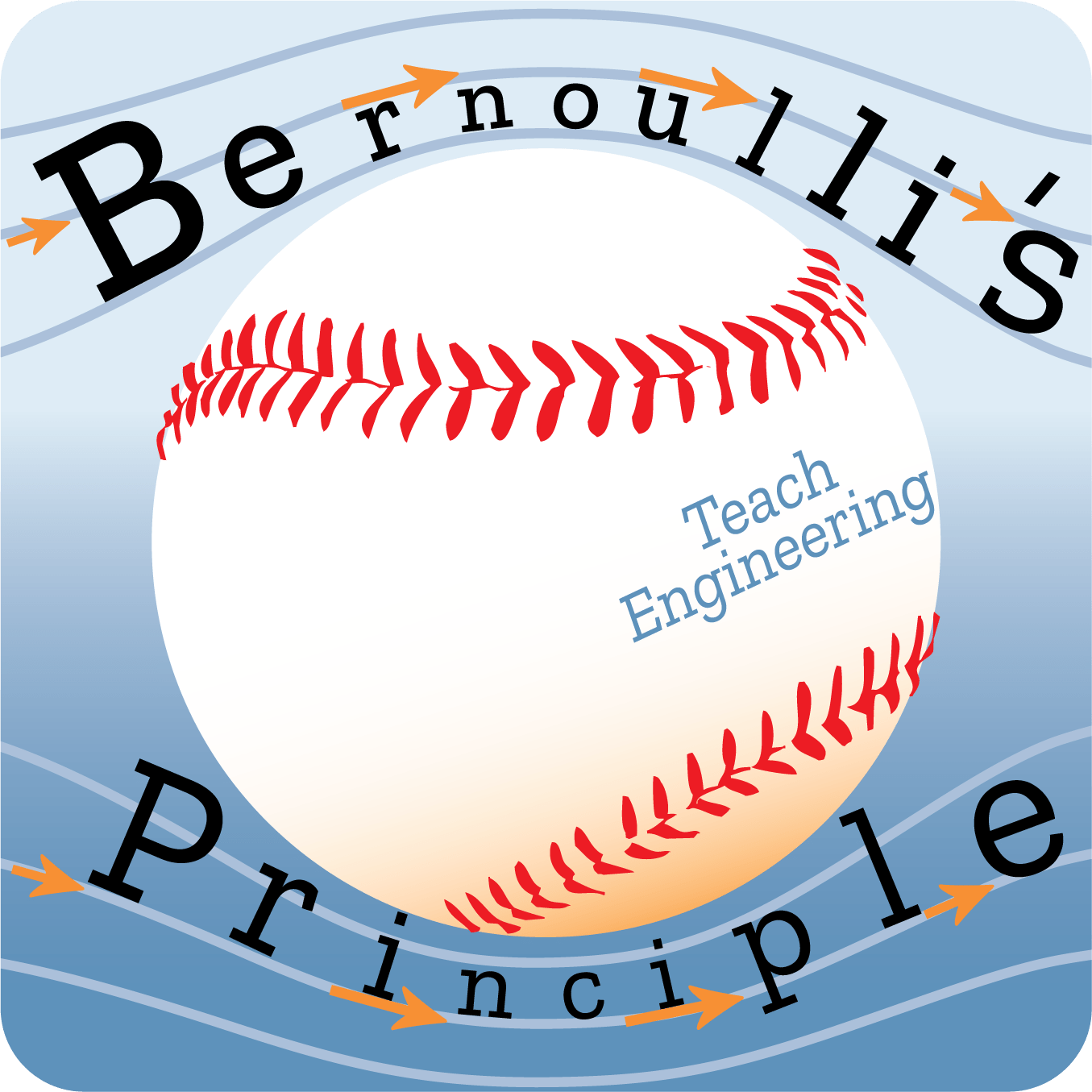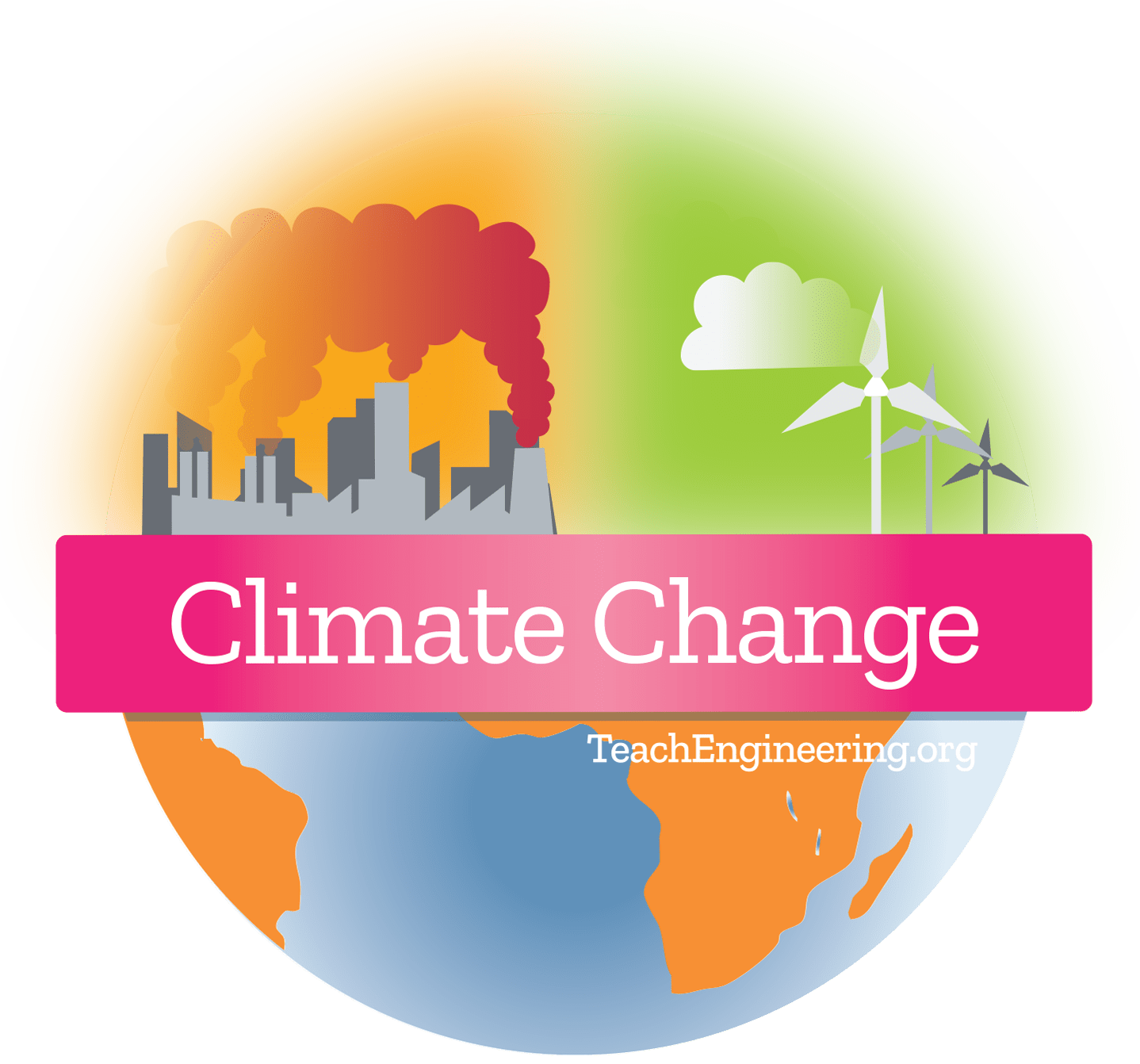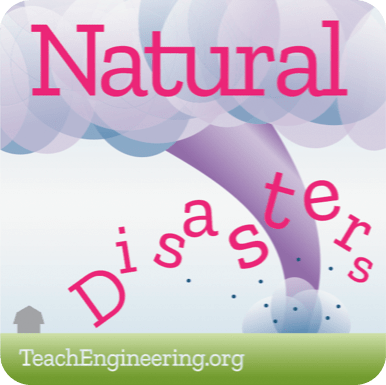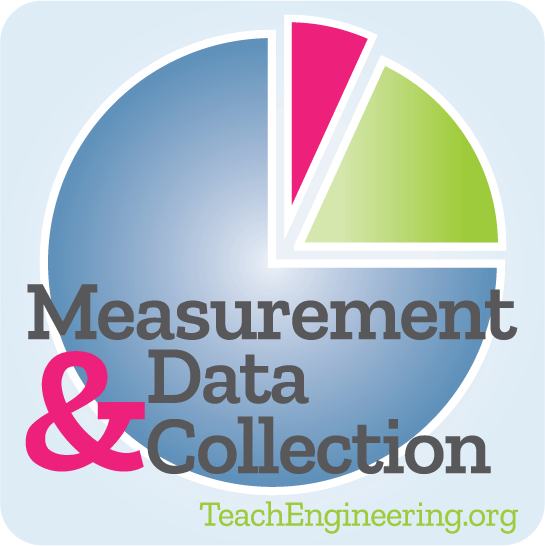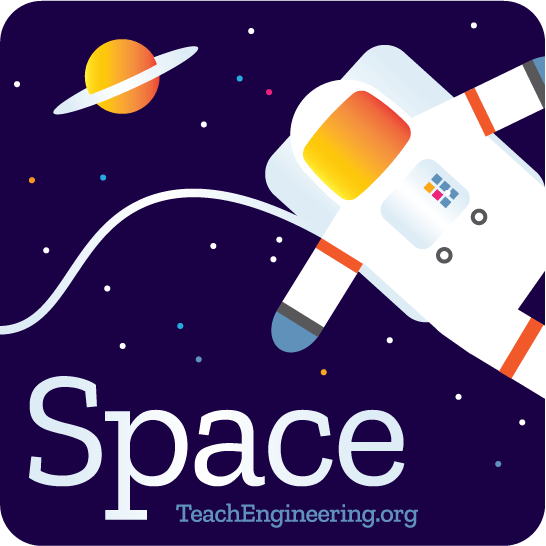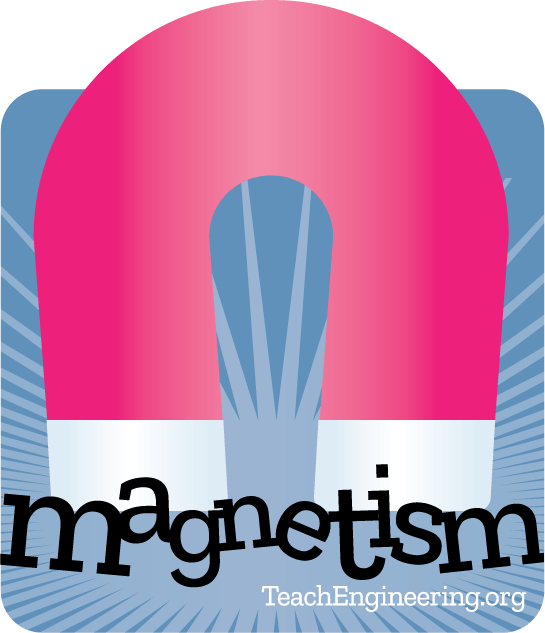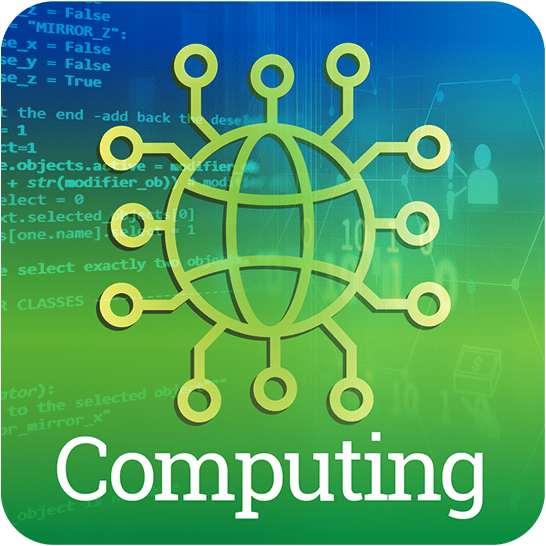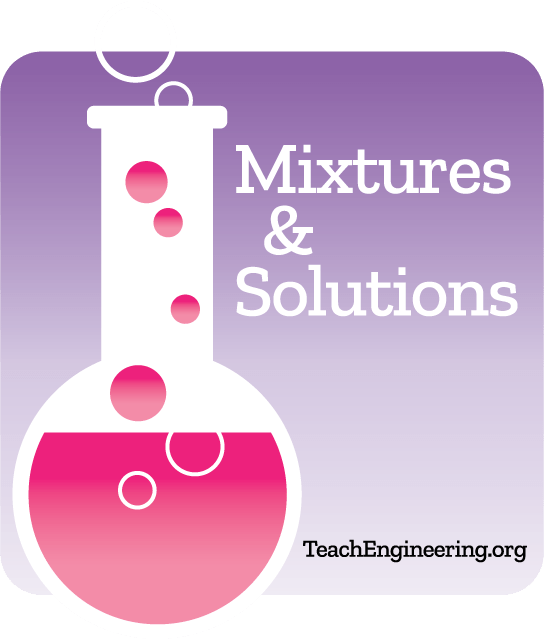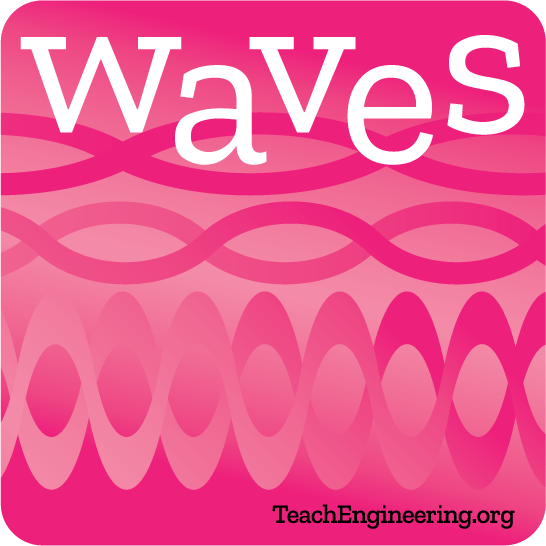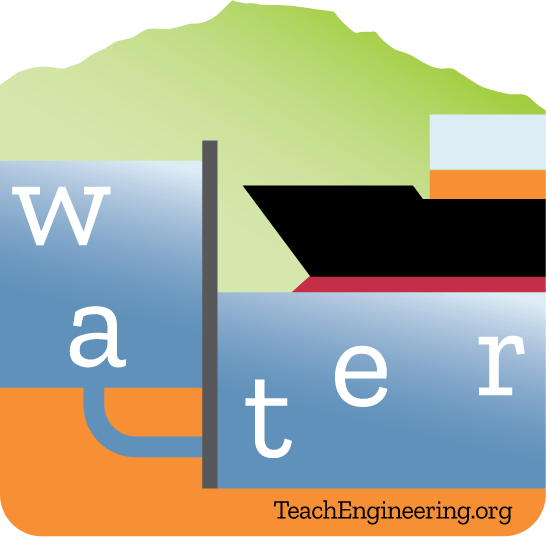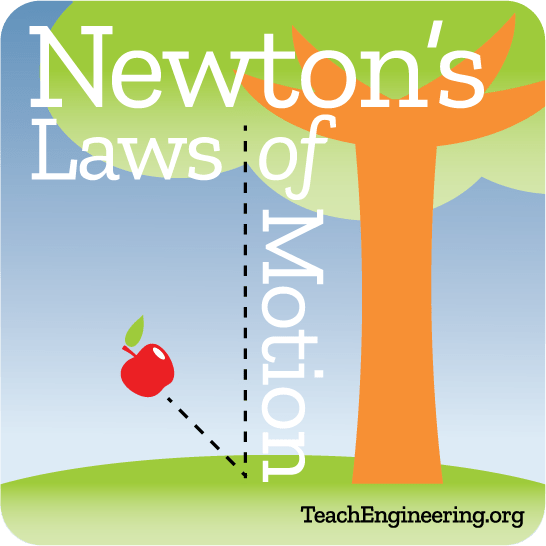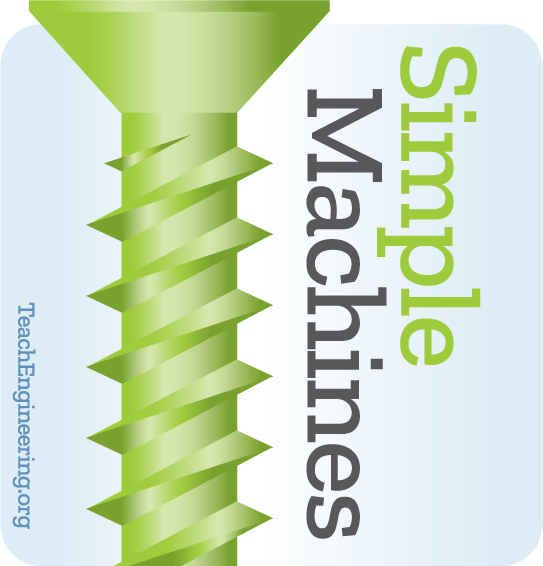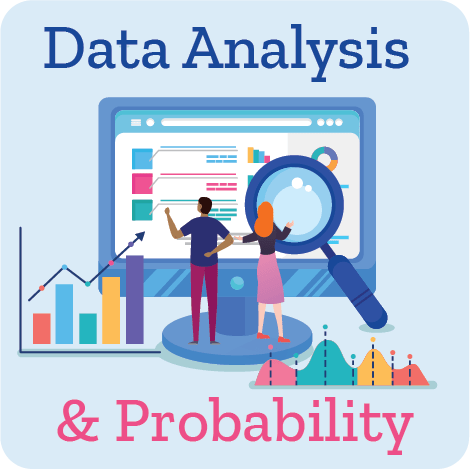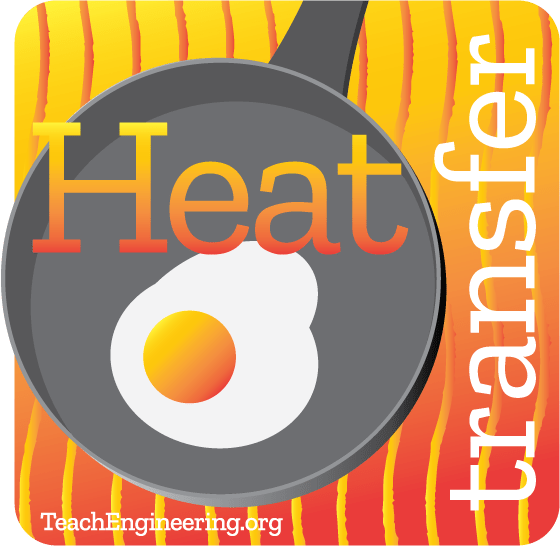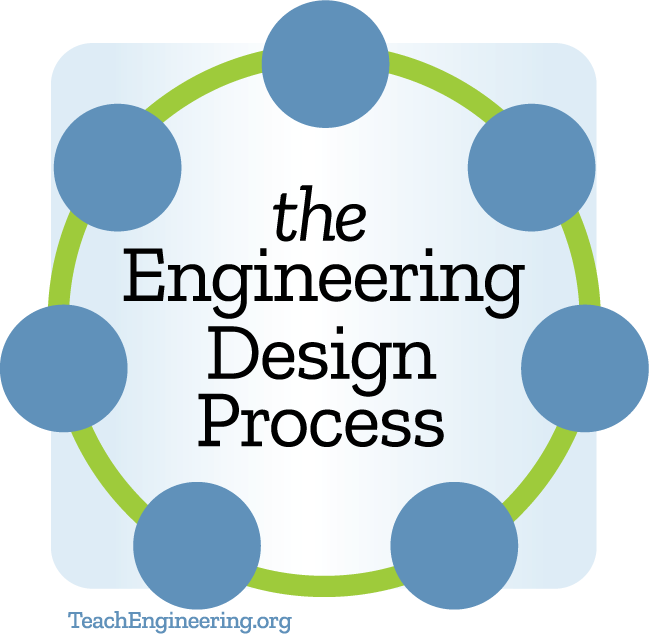Energy
Energy is essential to all living organisms, and provides insight into real-world phenomena that engineers rely on to innovate. Engineers study the different forms of energy to help create things that make our lives easier.
Energy is the ability to do work and is abundant in our everyday life. Energy comes in many forms – thermal, radiant, kinetic, potential, electrical, chemical, nuclear or mechanical – and exists as a part of everything we do, from walking to school or sending astronauts into space. According to the law of conservation of energy , energy can neither be created nor destroyed. Energy can, however, be changed from one form to another.
Engineers apply their understanding of energy, including its principles and behavior, to solving real-world problems. This results in the design of everyday products such as cell phones, computer software, electronic music, batteries, radio and television broadcasting, or cameras.
Today’s engineers understand the need for renewable energy sources as the world’s energy consumption continues to grow with finite resources. They design methods to capture renewable energy sources – solar, hydro and wind power – to produce clean energy and reduce greenhouse gas emissions.
Engineers assess the situation and make a difference
During the design process, engineers keep in mind the needs of the application, and optimize a product's characteristics such as power output, ability to recharge, reliability, size, safety, heat generation, length of life cycle, abuse tolerance, cost and ability to be recycled.
Engineers are constantly researching and improving alternative energy sources such as geothermal power, solar power and biomass energy to slow the emission of greenhouse gases.
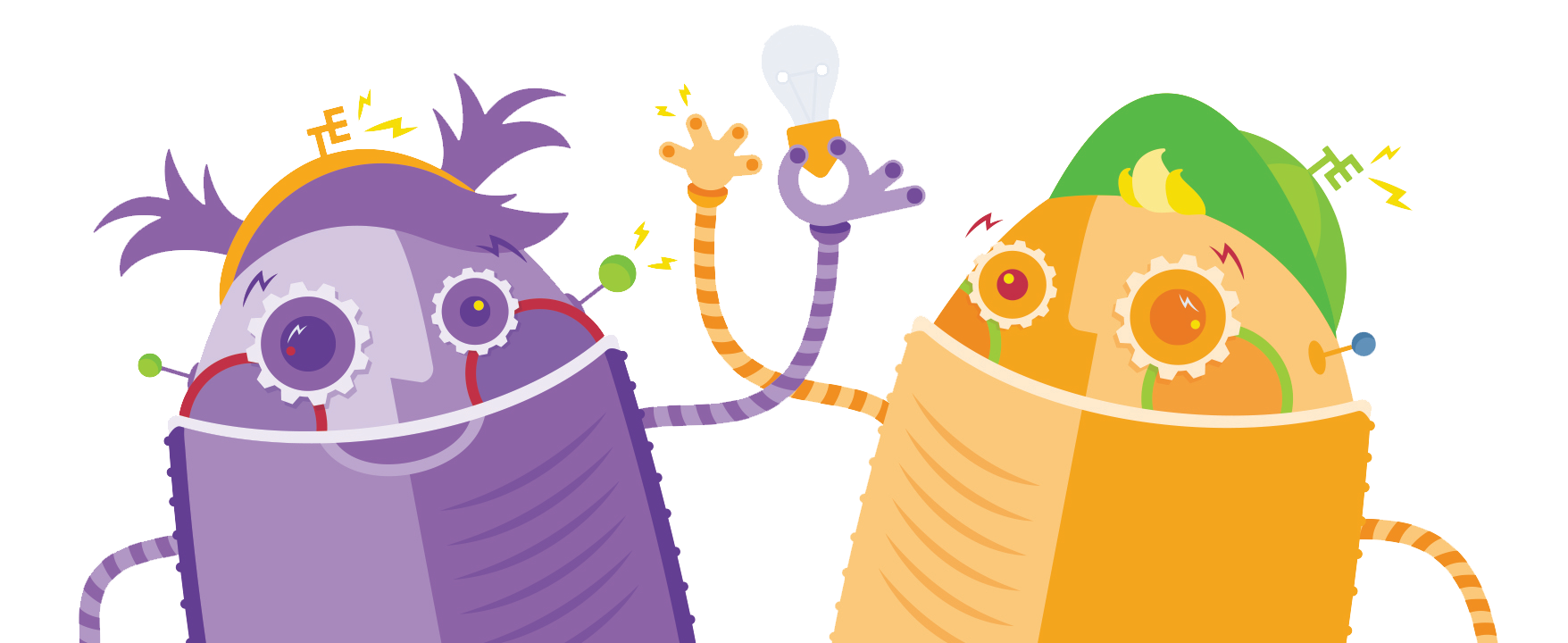

Energy Curricula

Energize your students with the resources featured here, by grade band, to help them make sense of real-world phenomena related to energy!
Grades K-2
- Chasing the SunChasing the Sun
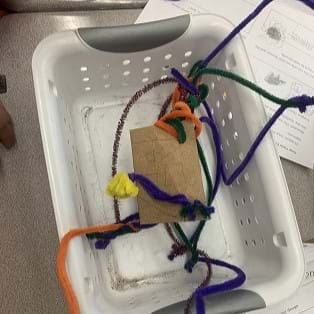
Students learn how the sun can help us make electricity with a device called a solar panel. They are then presented with the challenge of the stationary solar panel versus the moving sun. Using the behavior of a sunflower following the sun throughout the day, students build upon and apply their know...
- Do Different Colors Absorb Heat Better?Do Different Colors Absorb Heat Better?

Students test whether the color of a material affects how much heat it absorbs. They leave ice cubes placed in boxes made of colored paper (one box per color; white, yellow, red and black) in the sun, and predict in which colored box ice cubes melt first.
Grades 3-5
- Potato PowerPotato Power

Students use potatoes to light an LED clock or light bulb as they learn how a battery works in a simple circuit. They also learn how chemical energy changes to electrical energy and get a better understanding of current, voltage and resistance concepts.
- Wind Power! Designing a Wind TurbineWind Power! Designing a Wind Turbine

Students learn how engineers transform wind energy into electrical energy by building their own miniature wind turbines and measuring the electrical current they produce. They explore how design and position affect the electrical energy production.
- The Energy of LightThe Energy of Light

In this introduction to light energy, students learn about reflection and refraction as they learn that light travels in wave form. Through hands-on activities, they see how prisms, magnifying glasses and polarized lenses work.
- Wind-Powered Sail CarsWind-Powered Sail Cars

Student pairs design and construct small, wind-powered sail cars using limited quantities of drinking straws, masking tape, paper and beads. Teams compete to see which sail car travels the farthest when pushed by the wind (simulated by the use of an electric fan). Students learn about wind and kinet...
- Stop Heat from Escaping: Testing Insulation MaterialsStop Heat from Escaping: Testing Insulation Materials

Student groups conduct a scientific experiment to help an engineering team determine which type of insulation conserves the most energy—a comparison of newspaper, wool, aluminum foil and thin plastic. They learn about different kinds of insulation materials and that insulation prevents the transfer ...
- See More
Grades 6-8
- Bombs Away! Egg Drop ExperimentBombs Away! Egg Drop Experiment

Students design and build devices to protect and accurately deliver dropped eggs. The devices and their contents represent care packages that must be safely delivered to people in a disaster area with no road access. Similar to engineering design teams, students design their devices using a number o...
- Keep It Hot!Keep It Hot!

Student teams design insulated beverage bottles with the challenge to test them to determine which materials (and material thicknesses) work best at insulating hot water to keep it warm for as long as possible. Students test and compare their designs in still air and under a stream of moving air fro...
- Spool Racer Design & CompetitionSpool Racer Design & Competition

Students make sense of how potential energy (stored energy) can be converted into kinetic energy (motion). Acting as if they were engineers designing vehicles, they use rubber bands, pencils and spools to explore how elastic potential energy from twisted rubber bands can roll the spools. They brains...
- Move It! Conservation of Energy & Energy Transfer in CrashesMove It! Conservation of Energy & Energy Transfer in Crashes

Students learn how the conservation of energy applies to impact situations such as a car crash or a falling objects.
- Energy ConversionsEnergy Conversions

Students evaluate various everyday energy conversion devices and draw block flow diagrams to show the forms and states of energy into and out of the device.
- See More
Grades 9-12
- Nanoparticles & Light Energy Experiment: Quantum Dots and ColorsNanoparticles & Light Energy Experiment: Quantum Dots and Colors

Students are introduced to the physical concept of the colors of rainbows as light energy in the form of waves with distinct wavelengths, but in a different manner than traditional kaleidoscopes. Looking at different quantum dot solutions, they make observations and measurements, and graph their dat...
- Organic Solar Energy and BerriesOrganic Solar Energy and Berries

Students learn about how a device made with dye from a plant, specifically cherries, blackberries, raspberries and/or black currents, can be used to convert light energy into electrical energy. They do this by building their own organic solar cells and measuring the photovoltaic devices' performance...
- Energy on a Roller CoasterEnergy on a Roller Coaster

Students learn about the conservation of energy and the impact of friction as they use a roller coaster track to collect position data and then calculate velocity and energy data. After the lab, students relate the conversion of potential and kinetic energy to the conversion of energy used in a hybr...
- Energy in Collisions: Rolling Ramp and Review (for High School)Energy in Collisions: Rolling Ramp and Review (for High School)

In this hands-on activity—rolling a ball down an incline and having it collide into a cup—the concepts of mechanical energy, work and power, momentum, and friction are all demonstrated. During the activity, students take measurements and use equations that describe these energy of motion concepts to...
- Conservation of Energy: Pushing It Off a CliffConservation of Energy: Pushing It Off a Cliff

This lesson focuses on the conservation of energy solely between gravitational potential energy and kinetic energy, moving students into the Research and Revise step. Students start out with a virtual laboratory, and then move into the notes and working of problems as a group.
- See More



